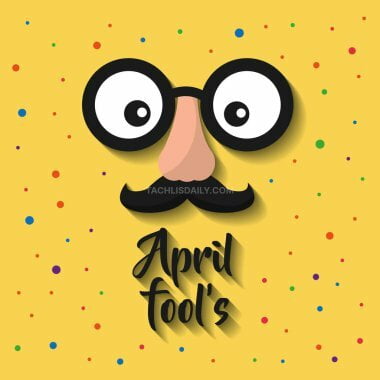April Fools’ Day, celebrated annually on April 1st, has a rich and fascinating history that spans centuries. While its exact origins remain shrouded in mystery, the tradition of playing pranks and spreading hoaxes on this day has captivated people around the world for generations.
One popular theory traces the roots of April Fools’ Day back to the 16th century in France. Before the adoption of the Gregorian calendar, New Year’s Day was celebrated on April 1st in many European cultures. However, when the Gregorian calendar was introduced, moving the New Year to January 1st, some people either refused to accept the new date or remained unaware of the change. As a result, those who continued to celebrate the New Year in April were ridiculed and became the butt of jokes and hoaxes. This tradition eventually evolved into the playful pranks and practical jokes that are now synonymous with April Fools’ Day.
Another theory suggests that April Fools’ Day may have ancient roots, dating back to Roman times. Some historians believe that the celebration is linked to the ancient Roman festival of Hilaria, which was celebrated at the end of March with games, masquerades, and general merriment.
Regardless of its precise origins, April Fools’ Day has become a global phenomenon, with people from different cultures and backgrounds embracing the opportunity to indulge in playful trickery and good-natured mischief. In some countries, elaborate pranks and hoaxes are carefully planned weeks in advance, while others simply enjoy the spontaneity of the day.
From harmless jokes among friends and family to elaborate media hoaxes that capture the attention of millions, April Fools’ Day continues to be a time-honored tradition that brings laughter and amusement to people of all ages. So, as April 1st approaches, embrace the spirit of the day and get ready to enjoy some lighthearted fun – just remember to take everything with a grain of salt, as you never know who might be trying to pull the wool over your eyes!











